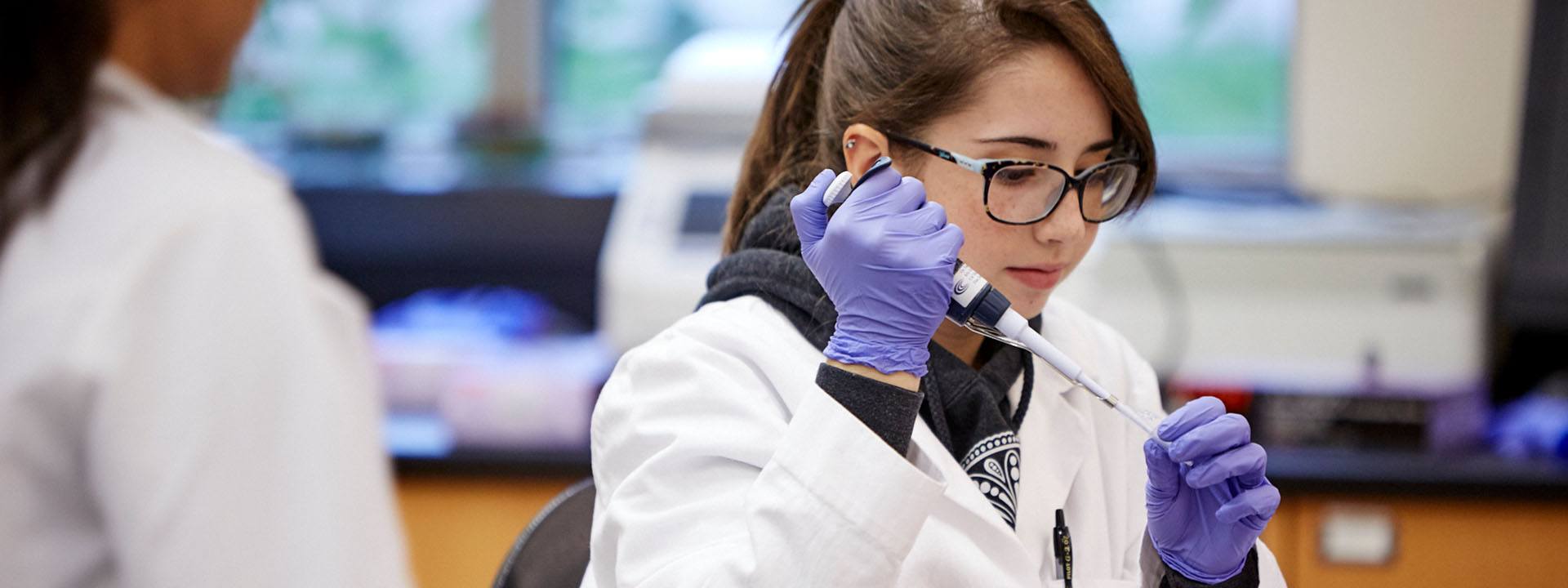RNA Isolation: A Quick Guide

RNA isolation is a process of purifying RNA molecules from various biological samples, including tissues, cells, and fluids. This technique is a critical step in various molecular biology applications, including gene expression analysis, RNA sequencing, and qPCR. However, isolating high-quality RNA can be challenging due to its unstable nature and susceptibility to degradation by ribonucleases (RNases).
To ensure reliable RNA isolation, it is important to follow best practices, including using RNase-free materials and reagents and proper handling. In this blog, we will provide a quick guide on RNA isolation and highlight essential considerations for a successful RNA extraction process.
Getting Started: Preparing for RNA Isolation
Before beginning the RNA isolation procedure, it is essential to ensure that all the materials and equipment used are RNase-free. RNases are present in various biological samples and can degrade the RNA molecules, leading to poor RNA quality and yield. It is particularly important to clean the work area, including pipettes, benchtops, and centrifuges, with RNase decontaminating agents, such as RNaseZap, to avoid any potential RNase contamination.
Additionally, it is advisable to use single-use RNase-free materials, including pipette tips, tubes, and gloves, to minimize the risk of contamination. Furthermore, it is important to wear gloves and eye protection when handling the reagents, particularly the TRIZOL reagent, a widely used RNA isolation reagent.
RNA Isolation Procedure: A Step-by-Step Guide
RNA isolation procedures may vary depending on the sample type or RNA isolation kit used. However, most RNA isolation procedures follow the same general steps. Here, we provide a brief overview of the RNA isolation protocol using the TRIZOL reagent:
1. Sample Collection
The first step of RNA isolation is to collect the biological sample. The sample type and preparation method may vary depending on the downstream application and the RNA isolation kit used. For instance, tissue or cell samples may require homogenization before adding the TRIZOL reagent.
2. RNA Extraction
Once the sample is collected, RNA extraction can proceed. The TRIZOL reagent is a commonly used RNA isolation reagent, and the procedure involves the following steps:
- Homogenize the sample in the TRIZOL reagent until it is fully dissolved.
- Add chloroform to the mixture and shake vigorously to separate the phases.
- Centrifuge the sample to separate the aqueous phase, which contains the RNA, from the organic phase.
- Transfer the aqueous phase into a new tube and add isopropanol to precipitate the RNA.
- Centrifuge the mixture, discard the supernatant, and wash the RNA pellet with 70% ethanol.
- Lastly, dissolve the RNA pellet in RNase-free water or buffer.
3. RNA Quantification and Quality Check
After RNA extraction, it is important to quantify and assess the RNA quality. The RNA yield can be quantified using spectrophotometers such as Nanodrop or Qubit, while RNA quality can be assessed using electrophoresis. The integrity and purity of RNA molecules are essential for accurate downstream applications.
Conclusion
RNA isolation is a fundamental technique in molecular biology, enabling the study of gene expression and transcriptome analysis. However, RNA molecules are susceptible to degradation by RNases, making it essential to follow best practices to obtain high-quality RNA. This includes using RNase-free materials and reagents, proper sample collection, and handling. With proper preparation and execution, RNA isolation can provide reliable and high-quality RNA for downstream applications.
In short, RNA isolation is a crucial step for any molecular biology application. Paying attention to the details and performing the isolation technique in the best way possible using RNase-free materials, and perfect handling methods can make a significant difference in RNA yields, quality and purity. Remember to follow the step-by-step guide discussed in this blog when performing RNA isolation, keep your workspace clean, and wear proper protective gear, ensuring you get the RNA you need for seamless downstream analysis.
